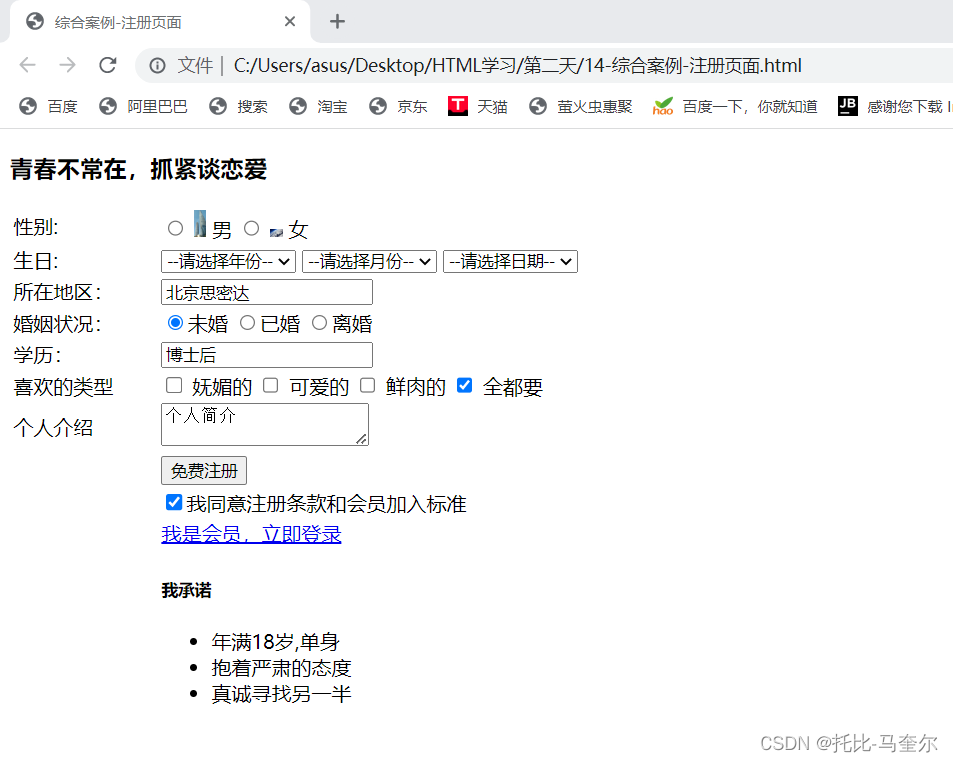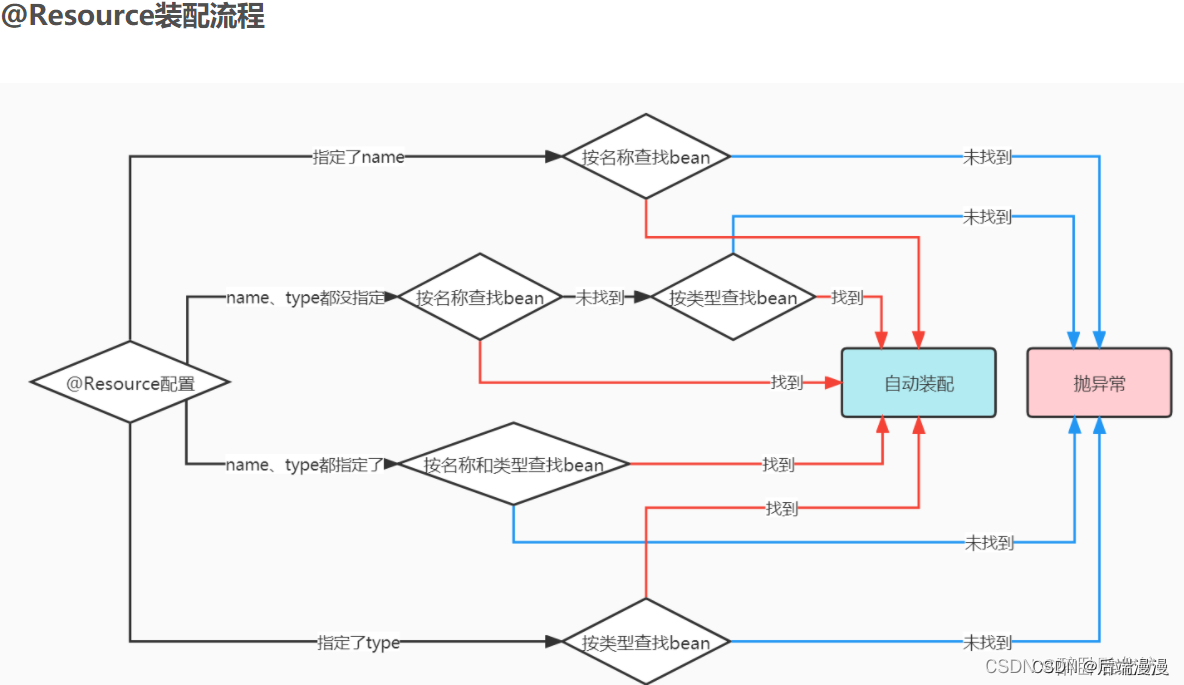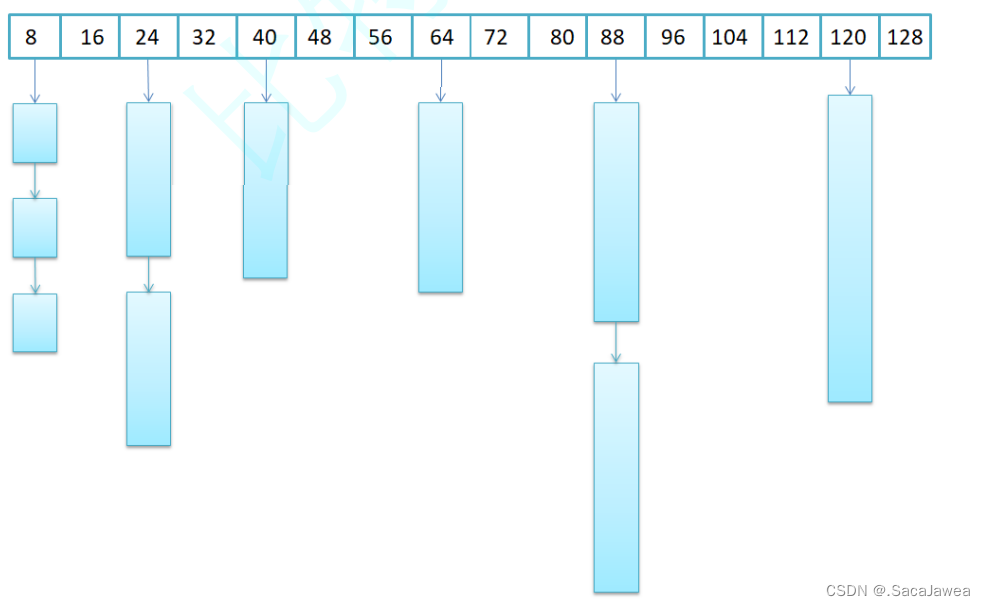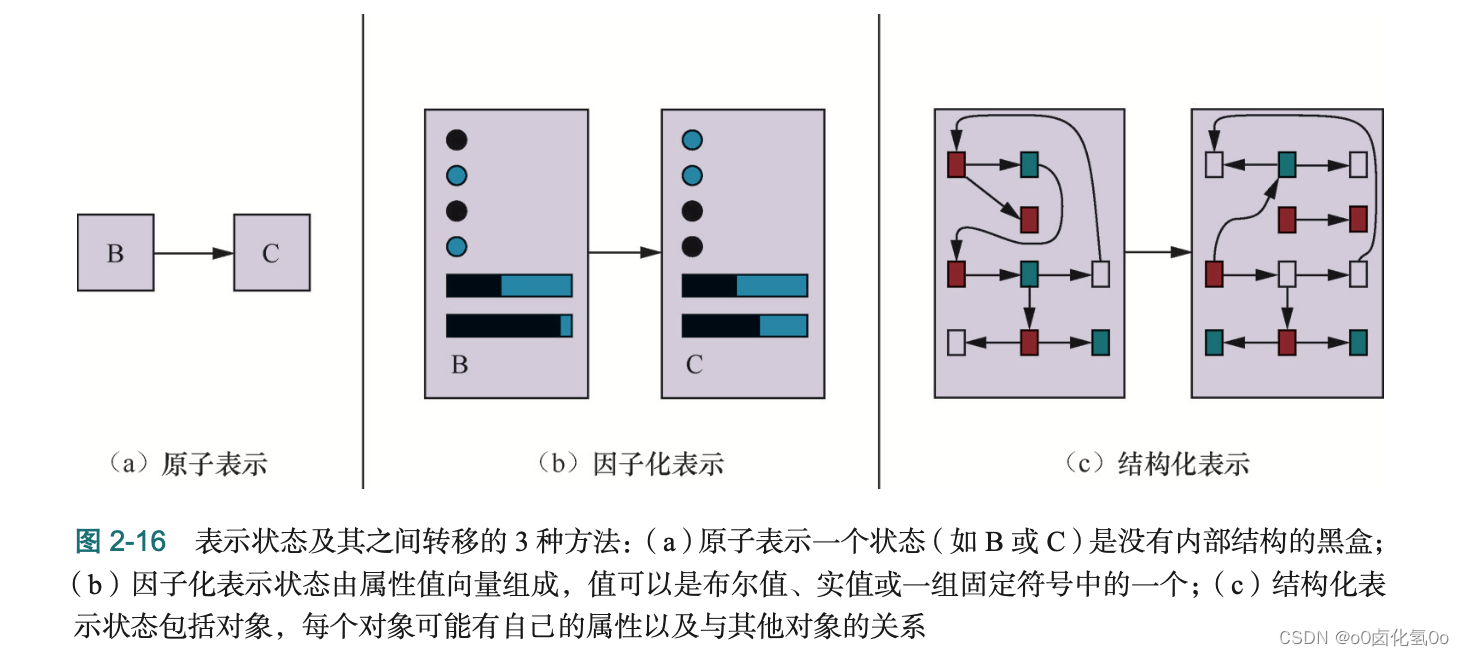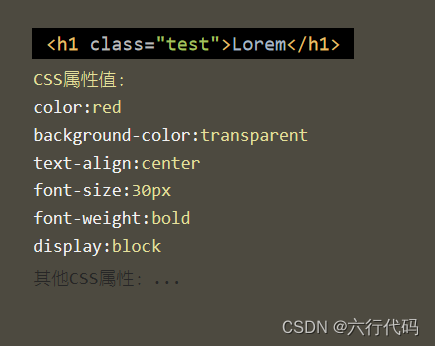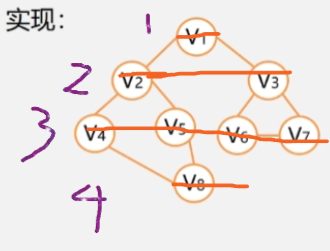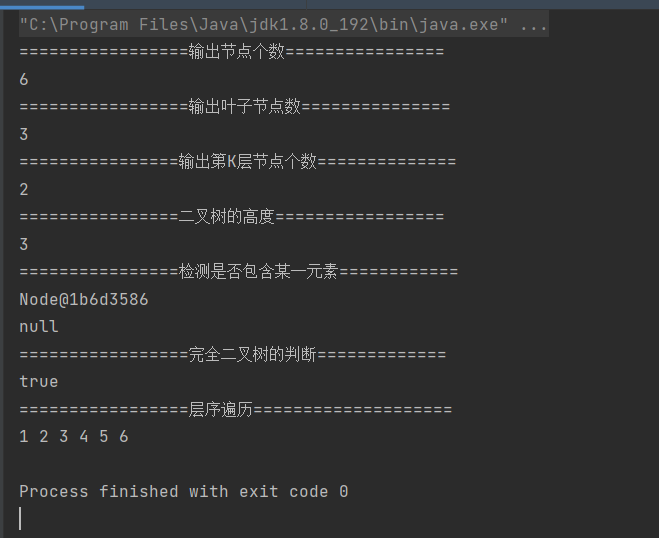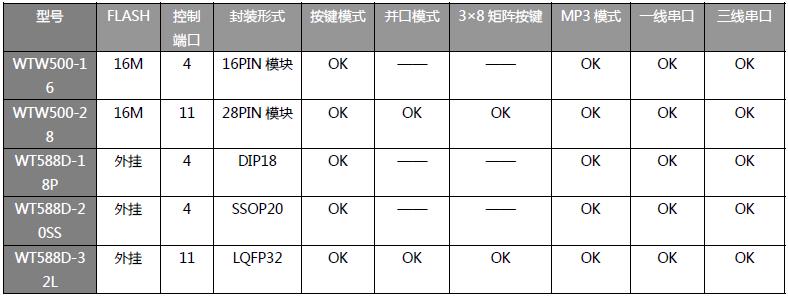目录
一.内核层面:pid & tgid
二.函数调用层面:getpid & gettid & pthread_self
三.用户层面:PID & LWP(TID)
四.总结
一.内核层面:pid & tgid
首先,我们要清楚,在系统层面只有两个编号:pid、tgid。
不妨拿出task_struct结构体(进程PCB)看一看:
pid_t pid;
pid_t tgid; 我们知道,在linux中进程和线程都使用task_struct结构体实现。
在task_struct中:
pid即线程id。也就是task_struct的编号,每个task_struct各不相同。
tgid叫线程组id。也就是一个进程的id。同一个进程里每一个线程的task_struct中tgid值都一样。
二.函数调用层面:getpid & gettid & pthread_self
直接说结论:
getpid获得的是task_struct中的tgid,即线程组编号。
gettid获得的是task_struct中的pid,即线程编号。(也就是LWP/TID)
pthread_self获得的是线程在共享区数据的起始地址。
因此,在多线程中,使用getpid获取的全都相同,gettid获取的各不相同。
getpid和gettid是系统接口,获得的是内核数据;而pthread_self是库函数,获得的是用户级数据。
画图表示如下:
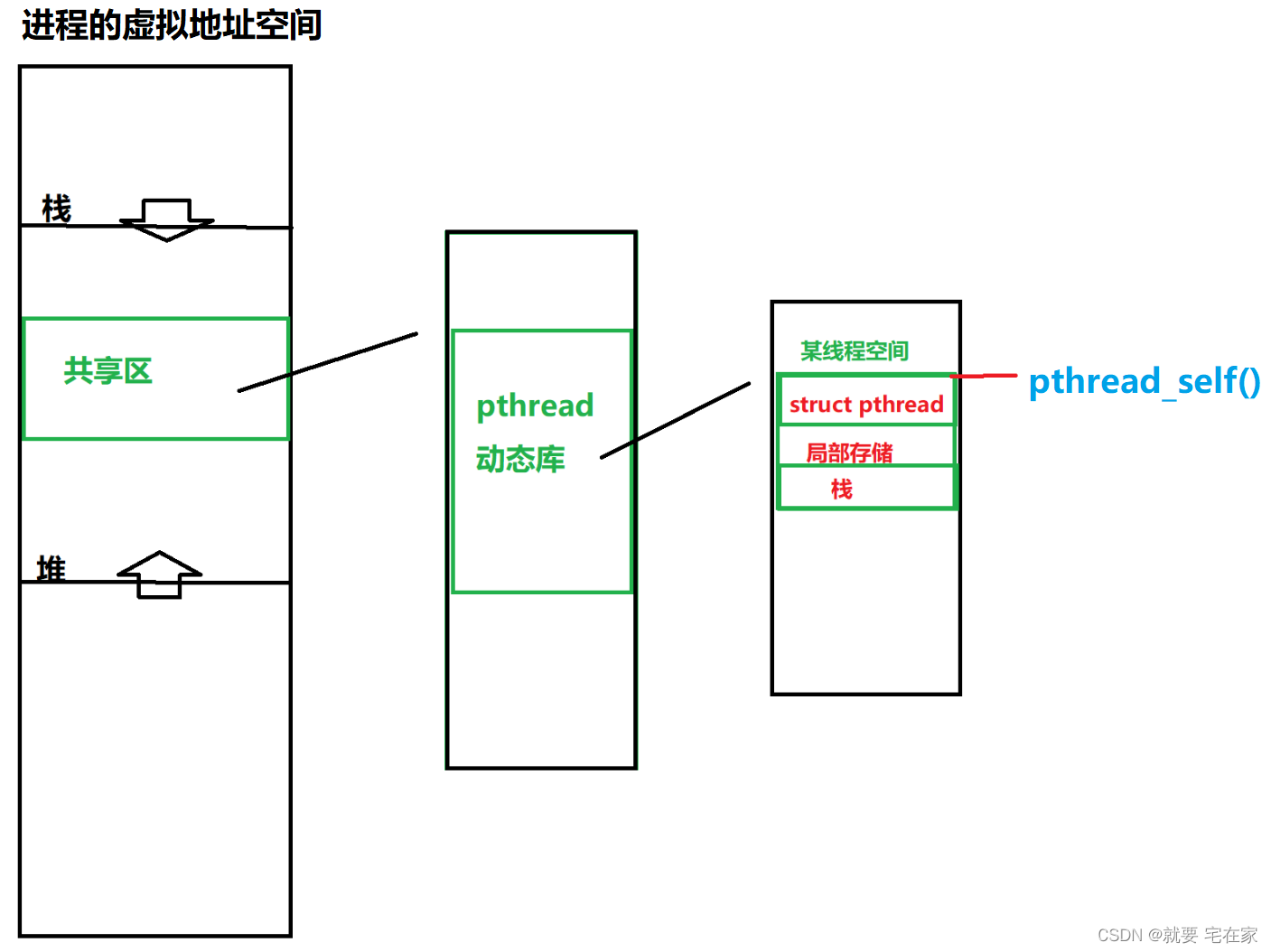
值得一提的是,编程时gettid不能直接使用,需要自定义封装才行:
pid_t gettid(){
return static_cast<pid_t>(syscall(SYS_gettid));
}
三.用户层面:PID & LWP(TID)
当使用ps axj或ps -aL查看进程或线程时,显示的PID即线程组编号,也就是task_struct中的tgid。LWP即线程编号,也就是task_struct中的pid。
可以使用如下代码验证:
#include<iostream>
#include<unistd.h>
#include<pthread.h>
#include<sys/types.h>
#include<sys/syscall.h>
using namespace std;
pid_t gettid(){
return static_cast<pid_t>(syscall(SYS_gettid));
}
void* func(void* arg){
cout << pthread_self() << endl;
cout << "tgid: " << getpid()<< endl;
cout << "pid: " << gettid() << endl;
cout << "***********************************************" << endl;
sleep(5);
}
int main(){
pthread_t tid[2];
pthread_create(&tid[0], nullptr, func, nullptr);
sleep(2);
pthread_create(&tid[1], nullptr, func, nullptr);
pthread_join(tid[0], nullptr);
pthread_join(tid[1], nullptr);
return 0;
}结果:

四.总结
| 含义 | 内核PCB | 系统调用 | 用户显示(ps命令) |
|---|---|---|---|
| 线程编号 | pid | gettid() | LWP/TID |
| 线程组编号 | tgid | getpid() | PID |
如有错误,敬请斧正

